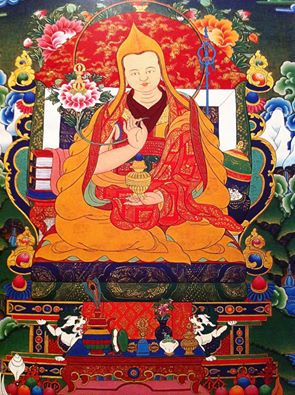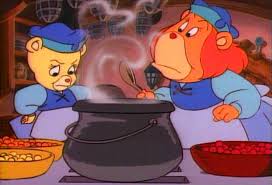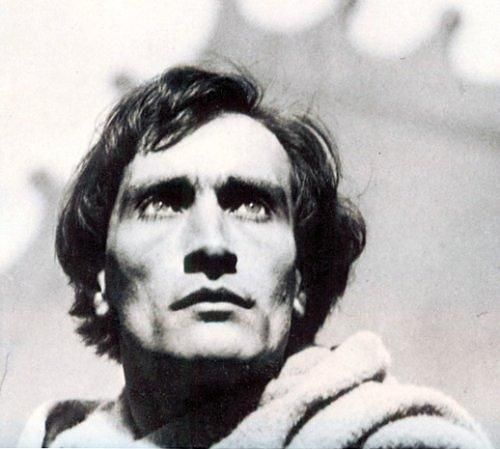
Thought I’d make a quick post to let readers know that an interview I did recently with Matthew O’Connell at the Imperfect Buddha podcast where I discussed my work on Dr Nida Chenagtsang’s new book on Tibetan Buddhist traditions of ‘tantric sex’, and shared some comments on desire and sexuality in Buddhism more generally, among many other topics, is now available online.
I hope that this will prove interesting and informative for some of you. This is an incredibly broad topic, and Matthew and I only just scratched the surface here. It can be difficult to talk about the details of a book that people might not have read, or speak on the technicalities of a topic without necessarily knowing how familiar listeners might be with the specifics of Tibetan esoteric Buddhism. I had also just come out of the other side of a major car crash, so all in all I hope that what I’ve said here makes sense! I can never bring myself to listen to myself being interviewed, so I do hope that some of you will listen to this interview for me and let me know what you think.
My thanks to Matthew for having me on the show (click here).
Enjoy!




